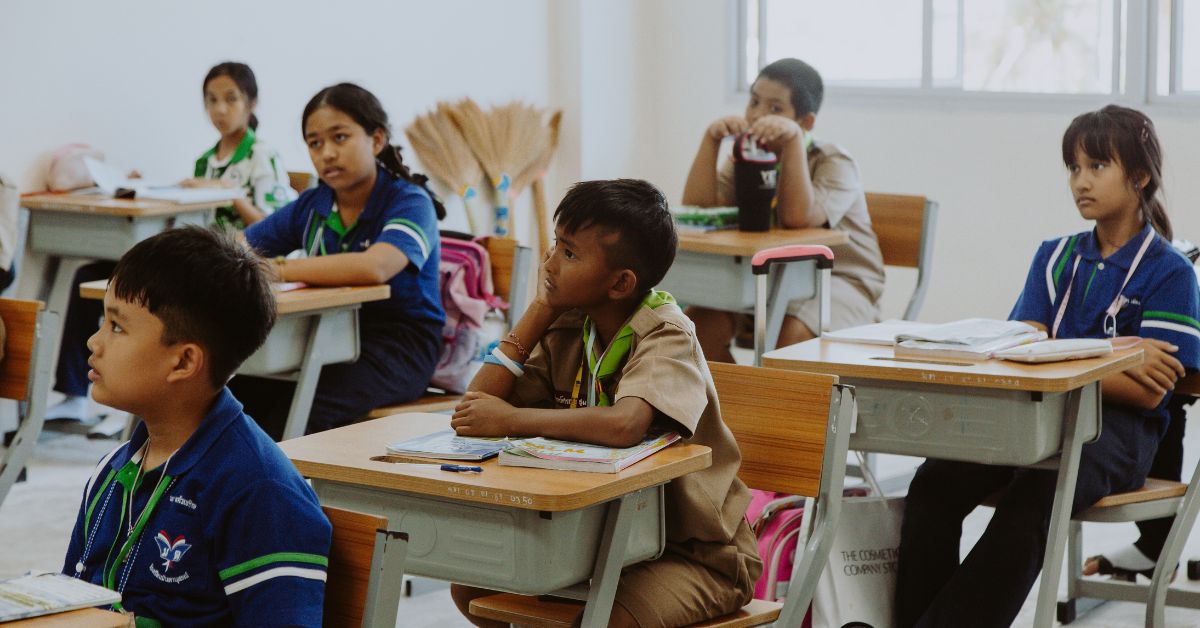Vermont may be a small state, but it’s making big strides in education—especially when it comes to caring for its students. While test scores and academic rankings often dominate the conversation, Vermont schools are taking a more human approach: nurturing the whole child. It’s not just about what students know, but how they grow.
So what exactly is Vermont doing differently? Let’s dig into the heart of it.
Focus on Mental Health and Emotional Wellbeing
More than ever, schools in Vermont are recognizing that a student’s mental health is just as important as their grades. Across the state, many schools have increased access to school counselors, social workers, and mental health professionals. Some districts even partner with local mental health agencies to provide on-site support.
For example, Burlington School District has introduced “wellness rooms” where students can take a break if they’re feeling overwhelmed. These rooms are equipped with calming lights, sensory tools, and quiet spaces for students to relax and regulate their emotions.
And this isn’t just for older students—many elementary schools are teaching mindfulness, breathing exercises, and even yoga to help kids manage stress from a young age.
Small Class Sizes, Big Impact
One of Vermont’s greatest strengths is its smaller schools and class sizes. With fewer students per classroom, teachers can form stronger relationships with each child. That means personalized attention, tailored learning plans, and more one-on-one time to build trust.
In rural areas like Caledonia or Addison County, it’s common for teachers to know not only their students but also their families. That close-knit environment naturally leads to a greater sense of community and accountability—students are seen, heard, and supported.
Nature-Based Learning and Outdoor Classrooms
Vermont’s stunning natural landscape is more than just a pretty backdrop—it’s part of the curriculum. Many schools have embraced outdoor education as a central teaching method. Forest Fridays, school gardens, and nature walks are not uncommon in both public and private schools across the state.
For instance, The Sustainability Academy at Lawrence Barnes in Burlington offers hands-on environmental learning. Students plant vegetables, compost, and study ecology right in their own schoolyard.
This nature-based approach isn’t just fun—it teaches responsibility, patience, and curiosity. It also helps students unplug from screens and reconnect with the world around them.
Community Connections and Real-World Learning
Vermont schools are deeply woven into their local communities. Many high schools offer internships and service-learning opportunities with local farms, hospitals, and businesses. Students aren’t just learning about the world—they’re actively participating in it.
Take Montpelier High School’s “Flexible Pathways” program. Students can customize their education by combining traditional classes with internships, independent projects, and dual-enrollment college courses. This flexibility respects student interests and encourages them to take ownership of their future.
This kind of learning prepares students not only for college but also for life. It’s about developing skills like communication, problem-solving, and empathy.
Equity and Inclusion at the Forefront
Vermont schools are also working to create spaces where every student feels welcome. There’s been a strong push for equity and inclusion, especially in districts with growing racial and cultural diversity. Schools are adopting inclusive curriculums, providing anti-bias training for staff, and opening dialogue about race, gender, and identity.
Winooski School District, the most diverse in the state, has been a leader in this space. Students there speak more than 20 languages, and the district has made intentional efforts to support English language learners and celebrate multiculturalism. This environment teaches students to value differences and stand up for one another—lessons that go far beyond the classroom.
Support for Teachers = Better Support for Students
Let’s not forget the educators. Vermont invests in teacher development through workshops, mentorship programs, and collaboration. Teachers are encouraged to innovate, reflect, and care—not just teach to the test.
And that care shows. Educators in Vermont often stay in their districts for years, forming lasting bonds with students and families. When teachers feel respected and supported, their students benefit too.
A Model Worth Watching
Vermont might not be grabbing national headlines, but maybe it should be. Its approach to education is refreshingly thoughtful. From emotional wellbeing to environmental learning, and from inclusive practices to community ties, Vermont is nurturing the next generation with real care.
It’s not just about producing test-takers. It’s about growing kind, curious, resilient humans. And in a world that feels increasingly chaotic, that might just be the kind of education we need most.








